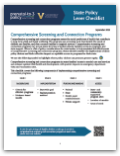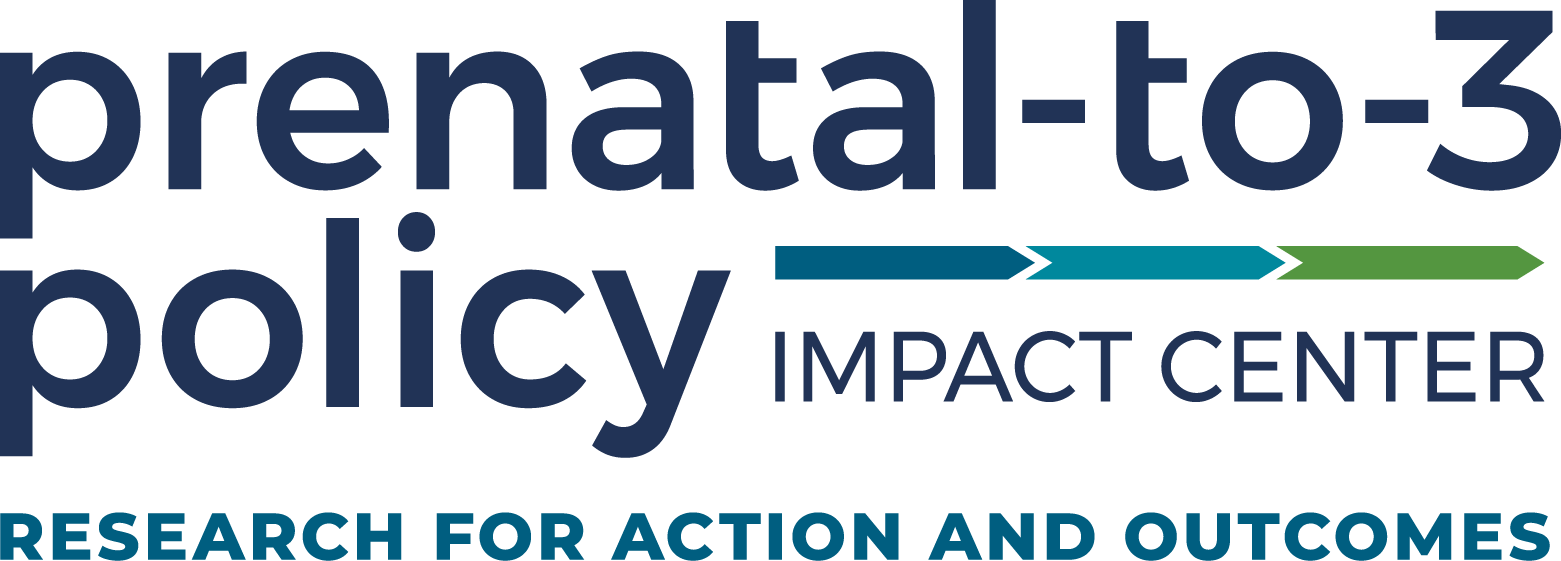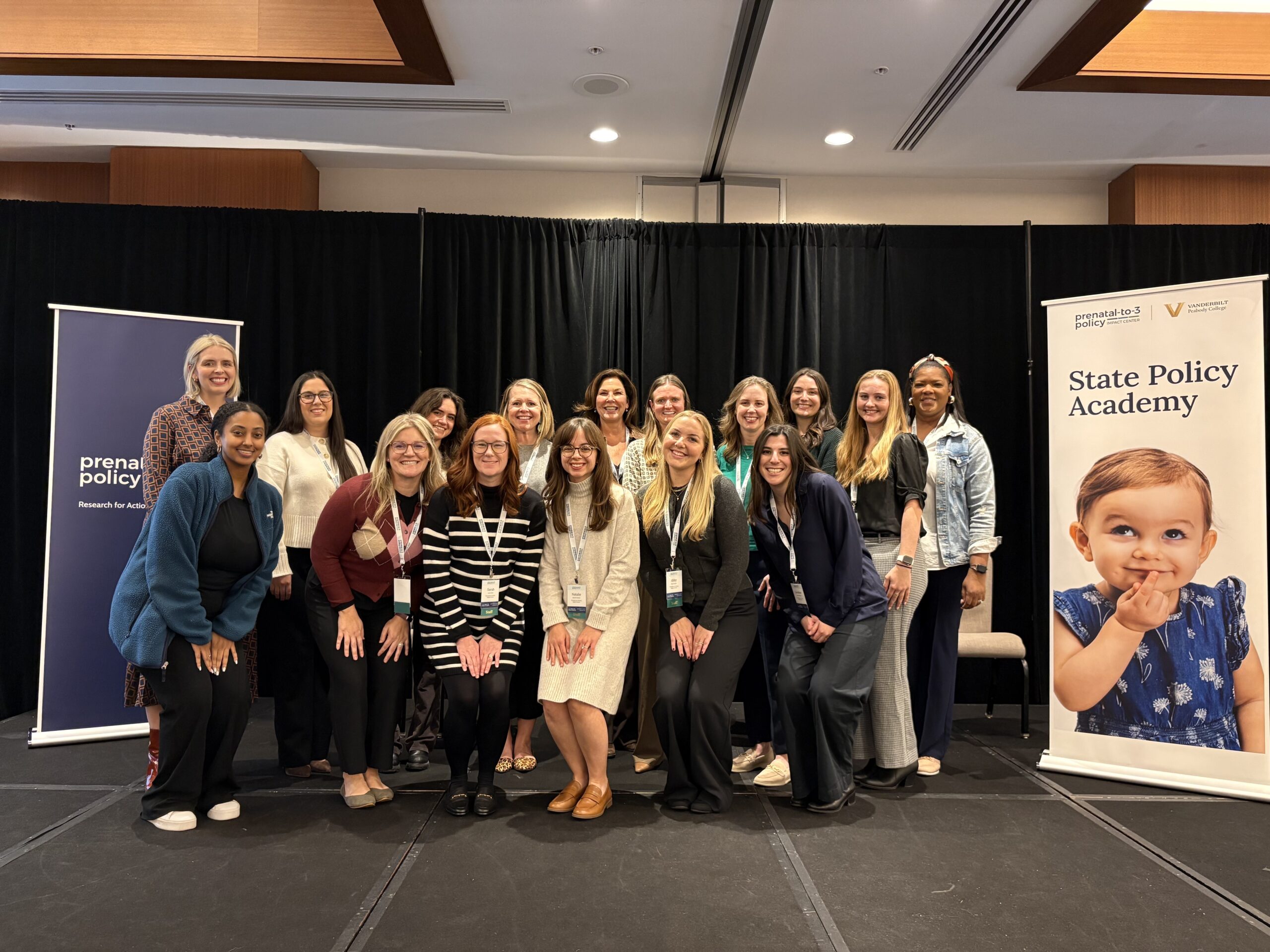Child care subsidy programs provide financial assistance to help make child care more affordable for families who have low incomes. This assistance enables family members to participate in the workforce and pursue educational goals.
Rigorous research indicates that child care subsidy receipt and greater state per child subsidy spending increase maternal employment and are linked to improved access to formal child care and greater household resources.
This checklist covers the following policy levers states may consider to increase access and affordability of child care subsidies:
- Eligibility requirement
- Provider reimbursement
- Family contribution
- Funding




